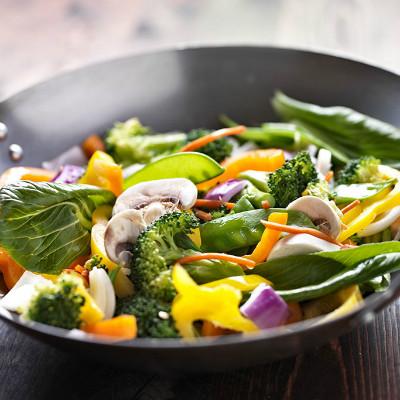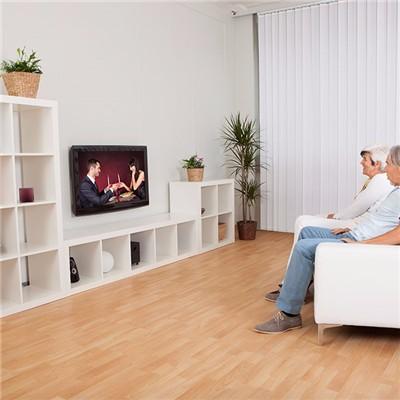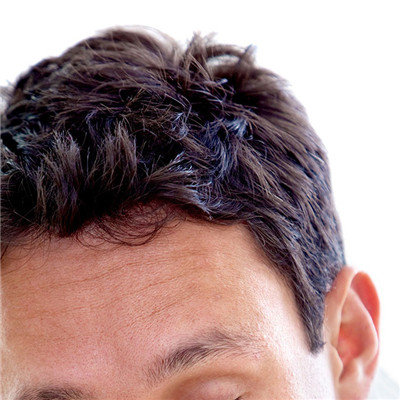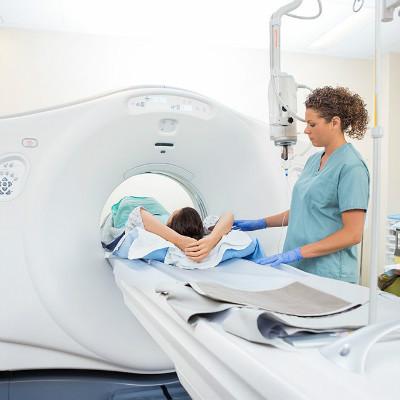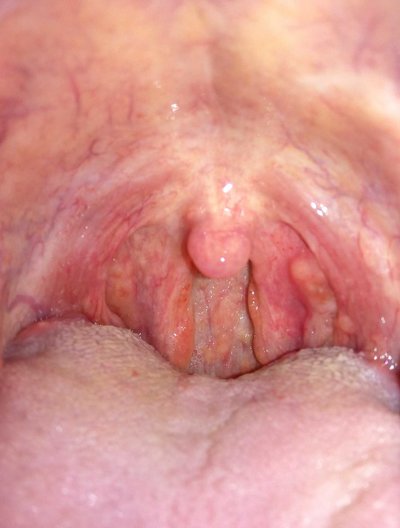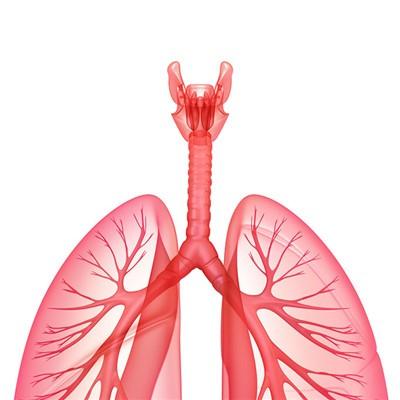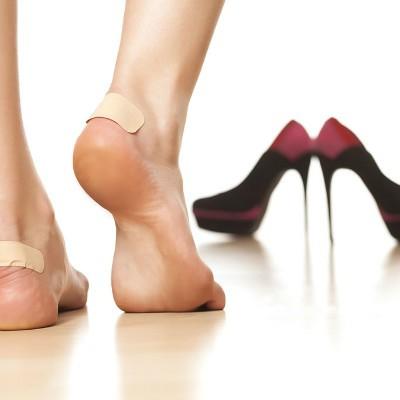How is gallstone disease treated?
summary
Cholelithiasis is a common and frequently occurring disease in China. The incidence rate of gallstone is higher than that of bile duct stone. The incidence of cholesterol gallstones was higher than that of pigment gallstones, and the incidence of female gallstones was higher than that of male gallstones. How to treat gallstone disease? Experience in this area.
How is gallstone disease treated?
First, there have been two different views on whether all asymptomatic cholecystolithiasis should be treated by preventive cholecystectomy. Those who advocate that surgery should be performed at all times believe that most of these patients have symptoms after a few years of follow-up, and it is safer to treat them in case of acute attack than selective surgery; The risk of reoperation increases with age; Cholecystolithiasis is closely related to the occurrence of gallbladder cancer. Once the cancer changes, the prognosis is very poor. The proponents of follow-up suggested that it was possible to be quiet for life if the carrier of gallstone found by autopsy was inquired; Prophylactic cholecystectomy also has a considerable number of complications, even surgical death; Although gallbladder cancer patients have about 70% of gallstones, there are few cases of cancerous stones. The annual incidence rate is less than 0.1%. Gallstone complicated with gallbladder cancer mostly has a gallstone stimulation chronic inflammatory process, as long as we are vigilant, it is not too late to treat symptomatic. The above-mentioned academic arguments have recently become consistent. In general, B-ultrasound can be followed up regularly, and surgery is only considered in the following cases: (1) the volume of stones is large. According to statistics, the probability of canceration is almost 10 times higher in patients with stones larger than 3 cm in diameter than in patients with stones less than 1 cm in diameter. (2) gallbladder wall calcification (porcelain gall bladder), canceration rate as high as 50%, should be timely operation. (3) patients with diabetes mellitus, old and weak cardiopulmonary dysfunction, once secondary cholecystitis, cholangitis, inflammation is not easy to control, forced to emergency surgery, the operation risk is significantly higher than that of ordinary patients, in the control of diabetes, cardiopulmonary function under appropriate adjustment, preventive surgery is more safe. (4) local thickening of cyst wall or polyps were found during follow-up. (5) in other abdominal operations, if the gallbladder can be well exposed, cholecystectomy can be considered. (6) for those who cannot be treated in time due to the limitation of medical and geographical conditions, preventive resection can be considered.
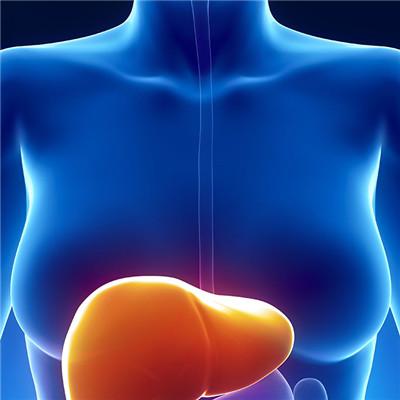
Second, cholecystectomy is the first choice in the treatment of symptomatic cholecystolithiasis. Laparoscopic cholecystectomy (LC) is a minimally invasive operation in which the laparoscope with optical fiber and its matching special instruments are inserted into the abdominal cavity through 3-4 abdominal wall puncture holes under the monitoring of TV screen. It has the advantages of less trauma, less pain, less interference to the whole body and local area of patients, fast postoperative recovery, short hospital stay and small abdominal scar. Generally, it can get up and move on the day after operation and be discharged in 2-3 days. However, the operation under the monitoring of TV screen lacks stereoscopic sense, and the accidental injury rate is higher than that of traditional open cholecystectomy. Therefore, in case of unclear exposure and difficult anatomy, it is better to switch to open cholecystectomy. For those with gallbladder atrophy, gallbladder fistula, suspected gallbladder cancer or unclear anatomy of gallbladder triangle, traditional open cholecystectomy should still be the first choice.
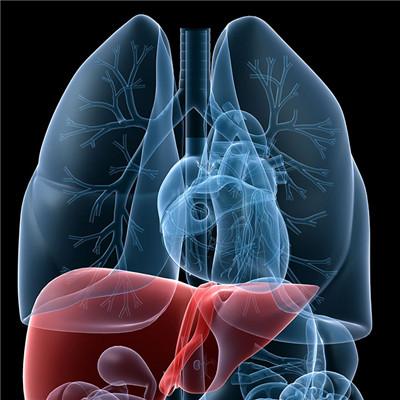
Third, the curative effect of non-surgical treatment such as traditional Chinese medicine combined with western medicine in the treatment of bile duct stones and extracorporeal shock wave lithotripsy is still unsatisfactory, so it can only be used as adjuvant treatment at present. Chinese medicine Paishi Decoction rhubarb, Herba Artemisiae capillaris, Radix Aucklandiae, Herba Lysimachiae, dandelion and Fructus aurantii have anti-inflammatory and cholagogic, antispasmodic and analgesic effects, and can relax Oddi sphincter, Especially for patients with bile duct mud sand like stones, it can eliminate the residual mud sand in bile duct and prevent the recurrence of stones. In addition to spasmolysis and pain relief, antibiotics should be used in the acute stage (refer to the section of biliary tract infection).
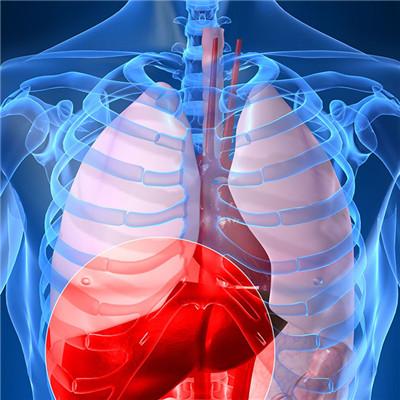
matters needing attention
The treatment principle of this disease is biliary decompression and drainage and infection control. For critically ill elderly patients with acute cholangitis, especially AOSC cases, we should monitor the hemodynamic indexes and pay attention to the balance of water and electrolyte. Those who fail to respond to antibiotics treatment for 12-24 hours should be operated in time. The purpose of biliary decompression is to avoid too complicated operation. PTCD and endoscopic papillotomy and drainage are effective minimally invasive treatment methods for extrahepatic bile duct stones. AOSC is a serious biliary emergency. The mortality of patients without operation is almost 100%.

